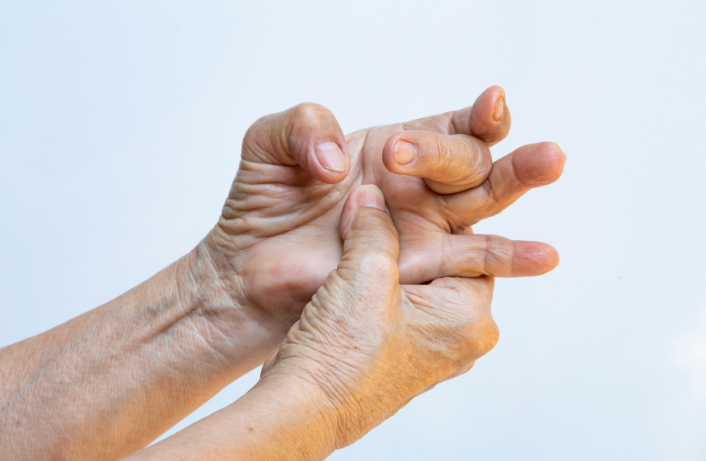
Posted on 11 Apr 2024
Are you experiencing stiffness and lack of movement in your fingers? This can be caused by a condition called trigger finger or trigger thumb. Trigger finger occurs when the tendons or their protective sheath enlarge or swell up. Trigger fingers can make it difficult for the fingers to move smoothly. In some cases, the swelling can cause your finger to stay flexed. Learn more about trigger finger, its causes, and common symptoms.
What is Trigger Finger?
Trigger finger is a relatively common condition that causes the fingers or thumb not to move normally. A trigger finger can cause one of the digits to appear frozen and unable to shift from a flexed state. The name trigger finger was derived from how the finger looks like it is pulling a trigger. Trigger finger can affect any of the fingers but is most experienced in the ring finger.
Symptoms of Trigger Finger
There are many telltale symptoms of trigger finger. A sign of a trigger finger is a snapping or popping feeling when you move your digits. It can feel like they are getting stuck as you try to move them.
You can also notice pain or stiffness while you flex your fingers toward the palm of your hand.
You can also witness mild soreness in the palm, close to the base of your fingers. This pain can increase when you flex your fingers or try to grip or grasp something.
You may also notice swelling throughout the palm of your hand. In some cases, a sore lump can emerge in the palm of your hand.
You can also experience finger locking, and it may take pressure to straighten your fingers out of a locked position.
When Will I Experience Trigger Finger?
Anyone can experience a trigger finger, but it is most common in individuals between the ages of 40 and 60.
Trigger finger symptoms are commonly the worst first thing in the day and get better as the day progresses. Stiffness and locked fingers can improve as you use your hands throughout the day.
What Causes Trigger Finger?
Swelling within the tendons in your finger or around the tendons can cause a trigger finger.
A tendon is a band of tissue that attaches the bones to the muscles in your body. Muscles and tendons work together in a connected system to flex and straighten the fingers in different positions.
A hollow tunnel of tissue known as the sheath surrounds your tendons to protect and stabilize the tendons in one place. When the tendons in your finger become inflamed, they cannot move within the sheaths. Bumps can also form on the inflamed tendon, hindering the tendon from gliding within its sheath. The bumps can catch on the A1 pulley in the tendon, making the finger feel as if it is stuck and stiff.
Diagnosis and Treatments
If you suspect that you are experiencing trigger finger or trigger thumb, it is essential to consult with a medical professional. The Neaman hand therapy team may recommend a splint for the affected finger, stretches to help your tendons become more flexible, anti-inflammatory medications, or trigger finger surgery. Trigger finger surgery focuses on making an incision in the sheath around the tendon to give the tendon more room to move within the sheath.
Contact Us
If you believe that you have symptoms of a trigger finger, join us on the path to recovery today and consult with the Neaman team to examine and address your medical concerns. Contact us today at Neaman Therapy & Surgery to schedule an appointment.

